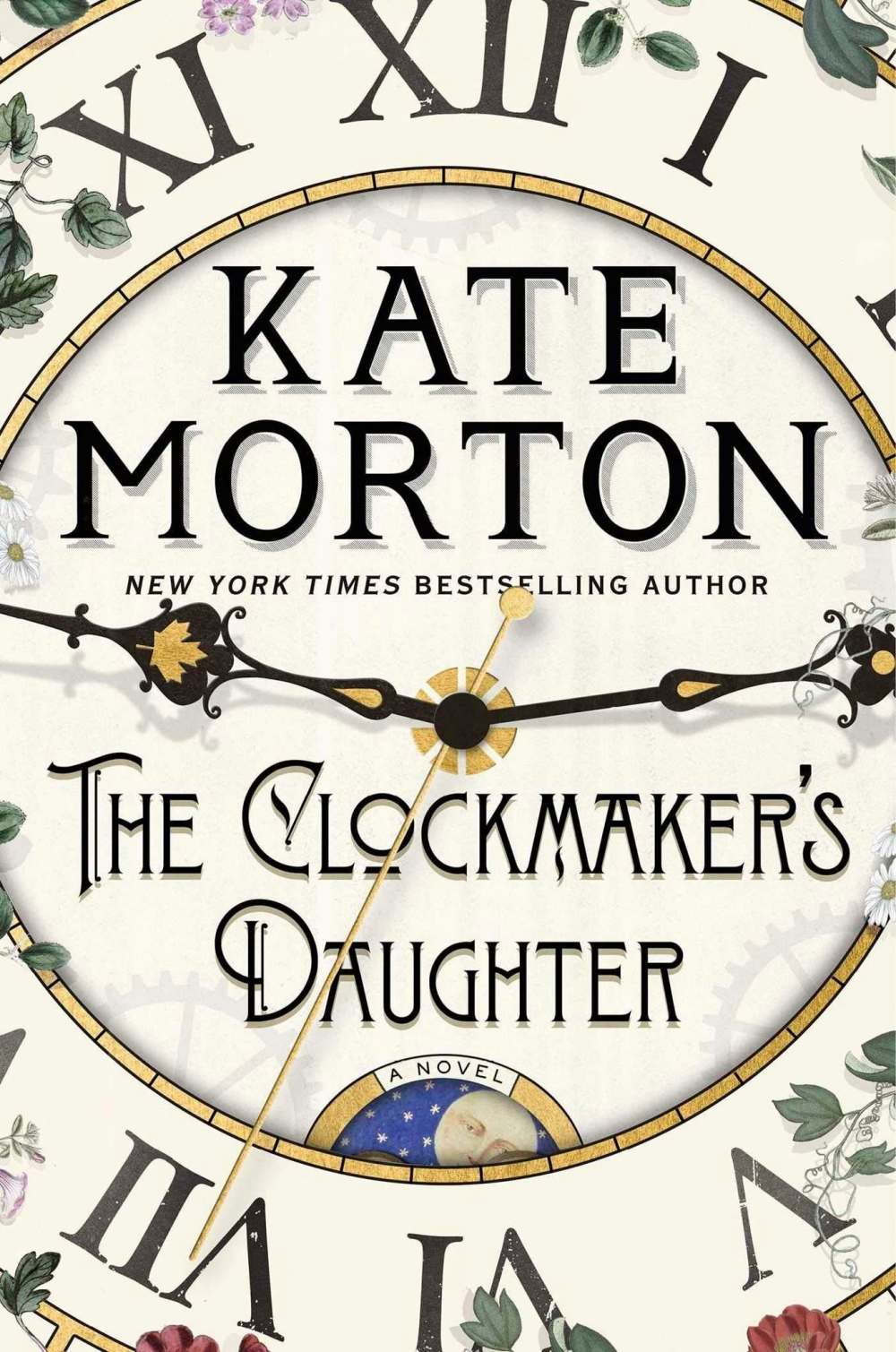Home sweet home
Morton's manor houses fascinating cast of characters through time
Advertisement
Read this article for free:
or
Already have an account? Log in here »
To continue reading, please subscribe:
Monthly Digital Subscription
$1 per week for 24 weeks*
- Enjoy unlimited reading on winnipegfreepress.com
- Read the E-Edition, our digital replica newspaper
- Access News Break, our award-winning app
- Play interactive puzzles
*Billed as $4.00 plus GST every four weeks. After 24 weeks, price increases to the regular rate of $19.00 plus GST every four weeks. Offer available to new and qualified returning subscribers only. Cancel any time.
Monthly Digital Subscription
$4.75/week*
- Enjoy unlimited reading on winnipegfreepress.com
- Read the E-Edition, our digital replica newspaper
- Access News Break, our award-winning app
- Play interactive puzzles
*Billed as $19 plus GST every four weeks. Cancel any time.
To continue reading, please subscribe:
Add Free Press access to your Brandon Sun subscription for only an additional
$1 for the first 4 weeks*
*Your next subscription payment will increase by $1.00 and you will be charged $16.99 plus GST for four weeks. After four weeks, your payment will increase to $23.99 plus GST every four weeks.
Read unlimited articles for free today:
or
Already have an account? Log in here »
Hey there, time traveller!
This article was published 03/11/2018 (2539 days ago), so information in it may no longer be current.
Bestselling author Kate Morton’s new novel is about a house with a history. Located in rural England on the banks of the Thames River, Birchwood Manor anchors a plot that involves the Victorian art world, a mysterious murder, the disappearance of a valuable jewel, two world wars and a modern-day woman’s reluctant planning of her own wedding.
The manor at the centre of this book evolves over time, becoming, over the course of the novel, an artists’ retreat, a school for girls, a scholars’ residence and, finally, a house museum. In all its iterations, the house shelters characters who face tangible threats, such as the bombing of London by German aircraft. It is also a sanctuary for characters threatened by more nebulous forces, prominent among them guilt and grief.
Though the novel ranges between different periods in the manor’s history, the Australia-born, London-based Morton consistently returns to the story of her eponymous protagonist, the clockmaker’s daughter. A young woman born in Victorian-era London, she is known to later generations both as the model of an accomplished painter and as the suspected thief of the Radcliffe Blue, a missing jewel that passes between generations of characters. While her voice and perspective are the most present and fully developed of those in the novel, she is also the most enigmatic character. Like readers of the novel, she is obliged to sort between the facts of her life and stories that circulate about her.

Many of the characters of the novel share this task. Prominent among them is Elodie Winslow, a woman living in contemporary London. A reluctant bride-to-be who is troubled by the possibility of her late mother’s marital infidelity, Elodie tries to understand the history of a trio of objects she finds in the archive where she works: a leather satchel, an artist’s sketchbook and a silver-framed photograph of a beautiful young woman. These objects bring her to Birchwood Manor and to a new understanding of her own past.
The novel is arguably organized by Morton’s interest in the longevity of beautiful things — of a photograph, a painting, a precious stone and, centrally, a house. The endurance of these objects highlights the ease with which the stories of people’s lives can be lost, even to themselves.
Morton’s depiction of the mid-Victorian era is particularly effective. Attuned to the literary potential of the romantic and artistic lives of the Pre-Raphaelites, a group of British artists who came together in the 1860s, Morton invents the Magenta Group, a fictional version of the Pre-Raphaelites. Like their historical inspirations, these artists exhibit powerful and controversial paintings, experiment with the new medium of photography, compete with one another for critical attention and recruit beautiful women from the streets to serve as their models and muses.
While Morton’s exploration of romantic love — which includes the passionate relationship between a painter and his model — will likely appeal to many readers, Morton’s depiction of the love children inspire and of the love between children, especially the love between siblings, is a strength of this novel.
Indeed, this book’s most compelling passages explore the experiences of children. A young Anglo-Indian girl coldly deposited in an unfamiliar England by her parents, an empathetic boy who worries for his war-widowed mother, a younger sister who witnesses the complexities of her brother’s painting career and romantic life: the children Morton portrays are sensitive, vulnerable and resilient.

All five of Morton’s previous novels, including her 2015 novel The Lake House, spent time on bestseller lists and were international successes. The Clockmaker’s Daughter is bound to do the same because, like the house at its centre, it is beautiful, welcoming and very good not only at keeping its secrets but at revealing them in due time.
Vanessa Warne teaches and researches Victorian literature at the University of Manitoba.


